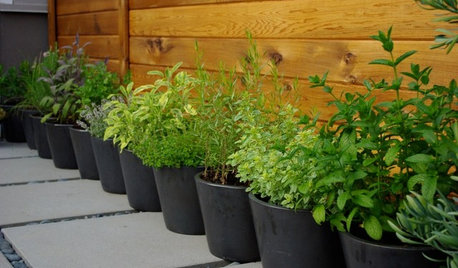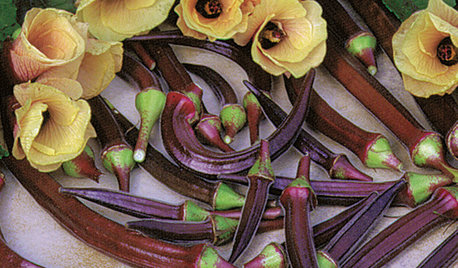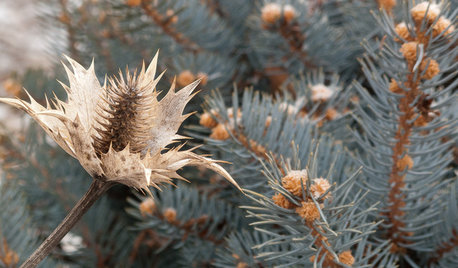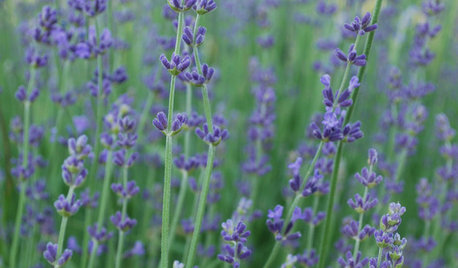Ways of 'growing' seed from aborted seed pods
brianmkerr
16 years ago
Related Stories

CONTAINER GARDENS8 Easy Container Plants to Grow From Seed
Get beautiful blooms and herbs in summer by starting these choice garden picks from seed in spring
Full Story
GARDENING GUIDESSeeds or Seedlings? How to Get Your Garden Started
Growing delicious herbs and vegetables starts with knowing your goals and when you want to plant
Full Story
MOST POPULARSummer Crops: How to Grow Sunflowers
Savor snack-tastic sunflower seeds once the radiant blooms have faded — if the birds have saved you any, that is
Full Story
WINTER GARDENINGExtend Your Growing Season With a Cold Frame in the Garden
If the sun's shining, it might be time to sow seeds under glass to transplant or harvest
Full Story
GARDENING GUIDES6 Ways to Grow Edibles in Small Places
No big backyard? Join in the grow-your-own fun with these small-space ideas for planting vegetables, fruits and herbs
Full Story
GARDENING GUIDESSummer Crops: How to Grow Okra
Go for the gumbo with this quick-growing edible that brings colorful pods and delicate flowers to a summer garden
Full Story
WINTER GARDENINGInspiring Winter Scenes From the Denver Botanic Gardens
Use seed heads, bare branches and grasses to design lovely garden displays when the ground is frozen
Full Story
SUMMER FRUITS AND VEGETABLESSummer Crops: How to Grow Beans
Grow your own beans for amazing variety and healthy, convenient produce all summer
Full Story
EDIBLE GARDENSHow to Grow Your Own Cocktail Garden
Conceivably, anything edible could find its way into a cocktail. Why not make the route rather short?
Full Story
SUMMER GARDENINGHow to Grow Basil
Bright color, quick growth and endless uses for cooking make this summer annual a winner in the garden or a pot
Full StoryMore Discussions






maineman
brianmkerrOriginal Author
Related Professionals
Newcastle Landscape Architects & Landscape Designers · Davis Landscape Contractors · Doctor Phillips Landscape Contractors · Oak Forest Landscape Contractors · Quincy Landscape Contractors · Soddy Daisy Landscape Contractors · Wanaque Landscape Contractors · Vadnais Heights Landscape Contractors · Miami Carpenters · South Orange Carpenters · Brea Fence Contractors · Burbank Fence Contractors · Claremont Fence Contractors · Fort Lauderdale Fence Contractors · Ponte Vedra Beach Fence Contractorsmaineman
maineman
maineman
brianmkerrOriginal Author
mdclark
brianmkerrOriginal Author